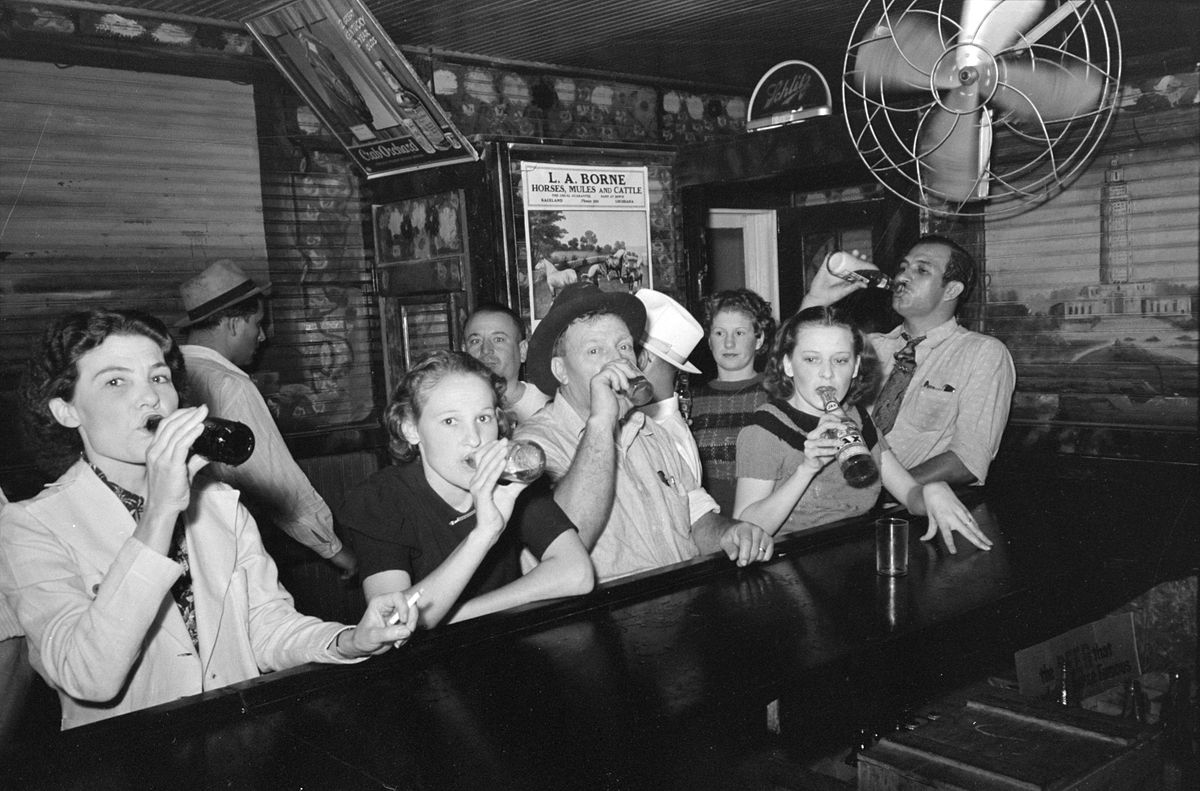[The following editorial was first published in September 2014 on the blog of the San Francisco Medical Society. At the time, a ‘soda tax’ was on the ballot for voters to consider. The measure was defeated but the debate continues, as seen in these recent BMJ editorials. Note: the version below is slightly modified from the original.]
Nearly one hundred years ago, the eighteenth amendment to the United States Constitution made it illegal to produce, transport, or sell alcoholic drinks. The prohibition was the culminating action of a “temperance movement,” a century-long grassroots effort aimed at curbing the consumption of alcohol. The movement arose in response to an epidemic of alcoholism and was guided by the compelling argument that alcohol is toxic and that alcoholism brings along serious social evils: chronic unemployment and family neglect or abuse.
Today, a similar movement is taking shape in response to the obesity epidemic. Excessive consumption of sucrose and fructose in ubiquitous “sugary” drinks has been identified as a main cause and found to be responsible for the high prevalence of diabetes and its associated health and socioeconomic complications: cardiovascular and renal disease, blindness, premature death, and exploding health care costs. The new temperance movement decries the excessive use of sweet beverages and calls for restricting their sale. These restrictions can come in the form of taxes or outright bans.
But is resorting to taxation and to the strong arm of government always a wise move? I propose some arguments to ponder:Continue reading “Prohibition: Then and now”

